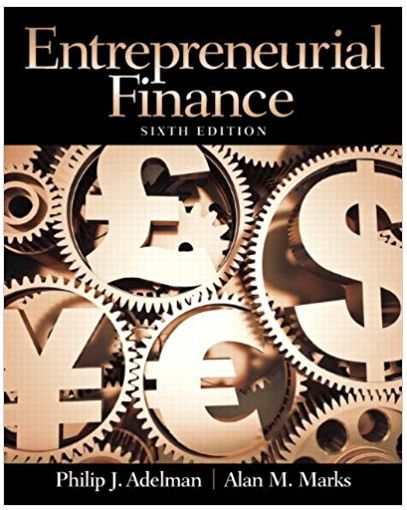Question
ABC Co. is considering a project that has an up-front cost (initial investment) at t = 0 of $1,500,000. The project's subsequent cash flows critically
ABC Co. is considering a project that has an up-front cost (initial investment) at t = 0 of $1,500,000. The project's subsequent cash flows critically depend on whether its products become the industry standard. There is a 75 percent chance that the products will become the industry standard, in which case the project's expected cash flows will be $500,000 at the end of each of the next seven years (t = 1 ... 7). There is a 25 percent chance that the products will not become the industry standard, in which case the expected cash flows from the project will be $50,000 at the end of each of the next seven years (t = 1 ... 7). HJ will know for sure one year from today whether its products will have become the industry standard. It is considering whether to make the investment today or to wait a year until after it finds out if the products have become the industry standard. If it waits a year, the project's up-front cost at t = 1 will remain at $1,500,000. If it chooses to wait, the subsequent cash flows will remain at $500,000 per year if the product becomes the industry standard, and $50,000 per year if the product does not become the industry standard. However, if it decides to wait, the subsequent cash flows will be received only for six years (t = 1 ... 7). Assume that all cash flows are discounted at 10 percent. If HJ chooses to wait a year before proceeding, how much will this increase or decrease the project's expected NPV in today's dollars (t = 0), relative to the project's NPV if it proceeds today?
Step by Step Solution
There are 3 Steps involved in it
Step: 1

Get Instant Access to Expert-Tailored Solutions
See step-by-step solutions with expert insights and AI powered tools for academic success
Step: 2

Step: 3

Ace Your Homework with AI
Get the answers you need in no time with our AI-driven, step-by-step assistance
Get Started


